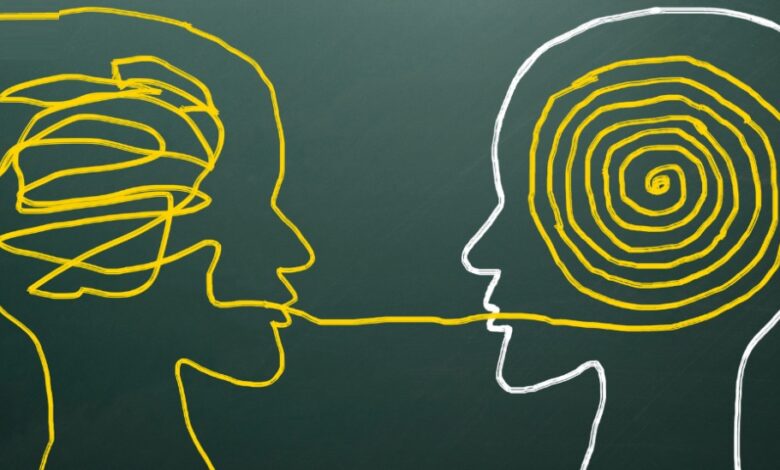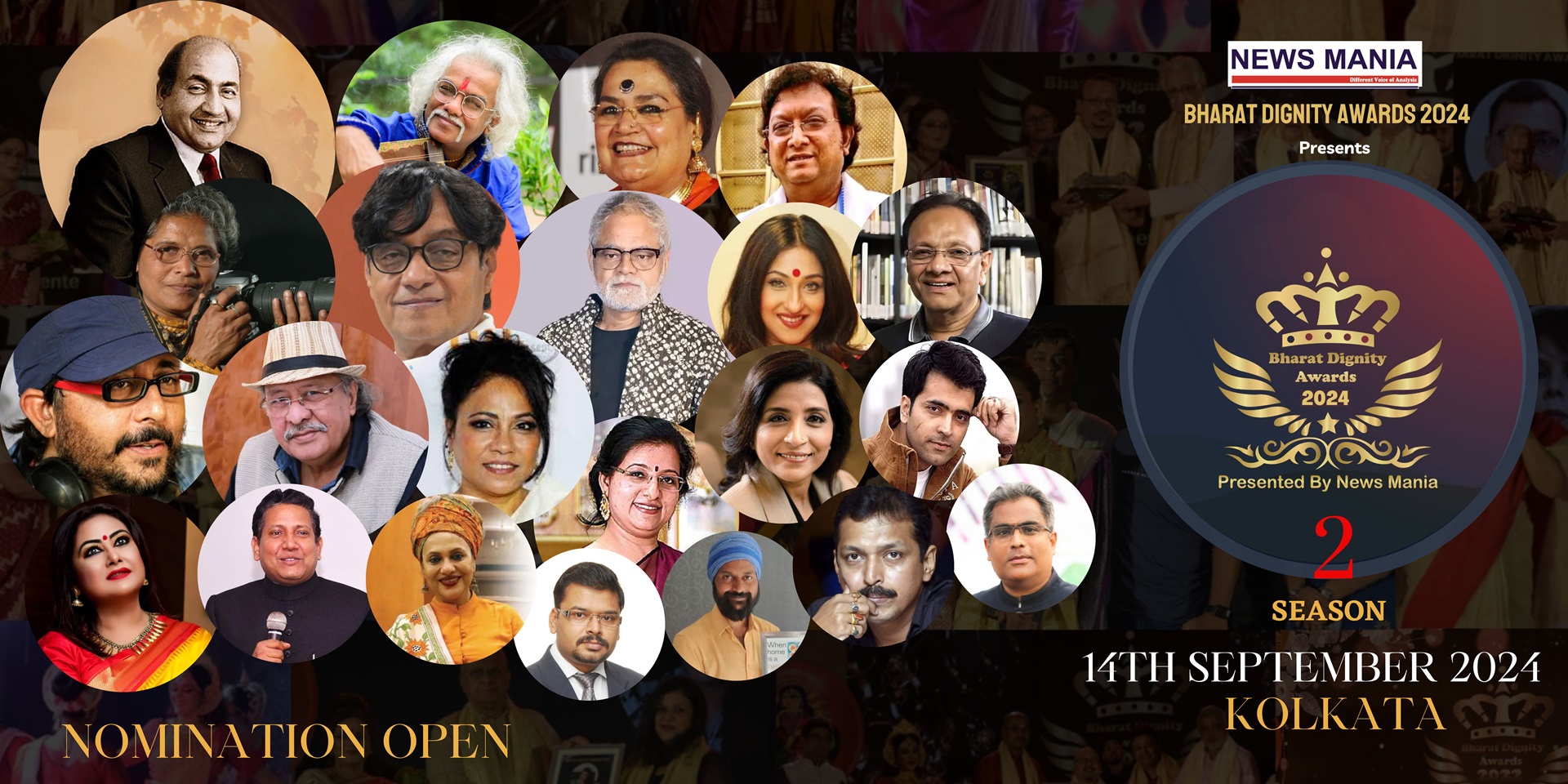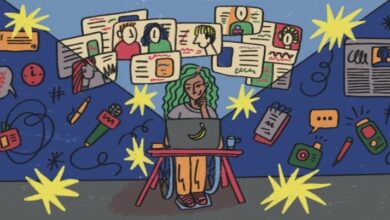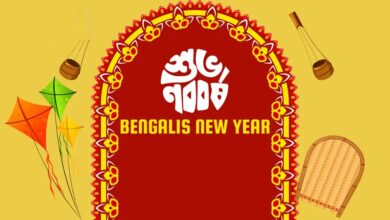The dialect of transformation
News Mania Desk / Piyal Chatterjee / 13th February 2025

Language extends beyond just a means of communication. It serves as a strong instrument that molds views, affects behavior, and encourages inclusivity—or exclusivity. In the development field, where communication is crucial for change and progress, the importance of language is heightened. When appropriate language is employed, marginalized communities sense that they are acknowledged, listened to, and valued. When damaging or discriminatory language continues, it can suppress development and obstruct attempts at promoting equity. Consequently, the manner in which organizations utilize language significantly influences their capacity to tackle gender inequality. In a nation like India, where gender interacts with various elements like caste, class, and religion, language gains even greater importance. Gender-inclusive language is now more than simply ‘a good option’. It is a crucial, changing power.
Employing gender-inclusive language is a demonstration of gender allyship that transcends symbolic acts and engages in significant actions. This type of allyship demonstrates a profound awareness of the power dynamics involved and proactively aims to break down current structures. Gender allyship involves not just backing women or non-binary people but also transforming how we collectively think and engage with one another. Language facilitates the development of that cognitive transformation.
Language that is gendered can sustain detrimental power structures. Slurs, a harmful category of language, have historically been employed to belittle, mute, and undermine individuals based on their gender or sexual orientation, often leaving a profound effect on their self-esteem and dignity. They create obstacles to inclusion, strengthen biases, and maintain systemic oppression. This type of language functions as a weapon, restricting people’s access to opportunities and driving them deeper into society’s margins.
Gender-inclusive language helps everyone feel acknowledged and valued. For instance, normalizing pronoun introductions or using gender-neutral pronouns like ‘they/them’ is not just an issue of political correctness; it aims to create an atmosphere where all individuals can feel at ease. In numerous environments, just stating pronouns at the beginning of a discussion or meeting can indicate to gender-diverse people that they are in a secure setting. It creates opportunities for enhanced trust and partnership. Although gender-diverse communities should lead this change, allies can enhance its impact on a broader level.
The development sector engages directly with marginalized groups, thus it should lead societal change. The initial action it can undertake in this regard is to design and convey programmes that honor and include all genders. The 2020 yearly report from the development nonprofit ACDI/VOCA states that language that does not recognize the varied range of gender identities additionally marginalizes at-risk groups and obstructs the efficiency of development initiatives.
Language not only conveys reality—it influences it. The language we employ shapes our thoughts and how we view the world around us. For example, languages with gendered nouns and pronouns, like English, frequently indicate stricter societal roles for males and females. Conversely, languages that utilize gender-neutral pronouns—like Hindi (‘aap’), Kannada (‘avaru’), or Tamil (‘avarkal’)—promote more flexible and fair perspectives on gender roles. This influences the way development programs are structured. The use of gender-specific language in policies can unintentionally marginalize non-binary individuals or strengthen conventional gender roles. Think about how frequently public programs are aimed at ‘mothers’, ‘fathers’, ‘sons’, and ‘daughters’ while overlooking the inclusion of non-binary individuals.
This can be tackled by incorporating gender-inclusive language in the design of development projects and initiatives. For instance, rather than focusing on ‘housewives’ for financial literacy education, presenting the program as aiding ‘caregivers’ would recognize and encompass men and non-binary people who also engage in caregiving roles. This slight change in phrasing guarantees that the initiative is more inclusive and connects with a wider range of individuals who require assistance.
Oxfam emphasizes in its Inclusive Language Guide that the thoughtful application of inclusive language in public communications gradually changes social attitudes. What might appear as minor, subtle adjustments can result in wider societal acceptance and transformation.
Gender-diverse people, such as transgender, non-binary, and gender-nonconforming individuals, are actively engaged in systemic struggles for fundamental human rights. When language leaves them out, it worsens their difficulties by strengthening their lack of visibility. Inclusive language is more than a question of respect; it serves as an essential instrument for guaranteeing the existence and recognition of marginalized communities.
Consider the instance of access to healthcare. A transgender woman in need of medical help might be less likely to get suitable care if the terminology on health documents or in medical frameworks is solely binary. When official documents and forms presume that everyone belongs to just two categories—male and female—it compels individuals who do not fit these binaries to maneuver through environments not created for them. This problem goes beyond healthcare, impacting education, employment, and legal systems—access to all of these is crucial for success in society.
In a nation such as India, where the hijra community and various gender-diverse groups have long endured stigma, discriminatory language alienates whole populations and fosters a setting where individuals are stripped of their basic rights merely due to their nonconformity to conventional gender classifications. Gender-inclusive language serves as a significant catalyst for transformation. Research indicates that nations and societies that emphasize gender-inclusive language often display more advanced social views on gender equality.
For instance, the Government of Victoria in Australia adopted a natural language processing (NLP) strategy to assess the implementation of gender-inclusive language on its website. Research indicated that as gender-inclusive language grew more prevalent in the state, public attitudes leaned towards increased acceptance of gender-diverse individuals.
Language that is inclusive can transform mindsets. Although numerous Indian languages possess gender-neutral pronouns, the difficulty lies in altering deep-rooted societal norms. Employing neutral language in educational initiatives or governmental programs can subtly question traditional norms and encourage a more inclusive perspective on gender. For instance, young kids can be exposed to the idea of gender neutrality at home when cooking and cleaning tasks are not automatically given to the mother. We can also change the narrative within the education system by portraying household chores as gender-neutral. Recently, Kerala implemented gender-neutral illustrations in school textbooks to foster equality. These pictures confront conventional gender roles and stereotypes by depicting men engaged in cooking activities.
A clear illustration of this difference in framing is observable in educational programs focused on parental participation. A traditional method could be to state: “This program aims to inform mothers about the significance of nutrition for their children.” Conversely, a gender-neutral wording could be: “This program aims to inform caregivers about the significance of nutrition for children.” Another simple method to verify a gender-neutral context would involve the ‘flip test’—when a particular statement or piece is linked to men or women, reverse the context and assess if it suits the other gender. If it doesn’t change, then we should adjust it to be gender neutral.
In India, embracing gender-inclusive language is especially difficult because of the country’s extensive linguistic variety. Although certain Indian languages provide gender-neutral pronouns like ‘aap’ (you) in Hindi, they remain filled with gendered nouns and verbs that uphold conventional roles. For instance, in Hindi, terminology for occupations, like ‘shikshak’ (male instructor) and ‘shikshika’ (female instructor), illustrate gender dichotomies. Verbs change according to gender as well, for example, ‘woh gayi’ (she went) and ‘woh gaya’ (he went). This complicates discussions about individuals or positions without highlighting gender. Likewise, in Tamil, even though pronouns like ‘avarka’ (they) are present, gender differentiation is inherent in terms such as ‘aasiriyar’ (male teacher) and ‘aasiriyai’ (female teacher). This complexity is heightened in languages like Gujarati and Marathi, where verbs and nouns frequently change according to gender, complicating the search for inclusive alternatives.
Translating the ideas of gender inclusivity into the 22 officially recognized languages and numerous dialects throughout India becomes increasingly complex. The subtleties of a language don’t always translate well into another, leading to deficiencies in inclusivity initiatives. In addition, many nonprofits frequently have leadership positions that are predominantly occupied by men, which makes advocating for gender-neutral language a challenging endeavor.
In rural regions, where literacy levels tend to be lower and spoken communication is favored, merely providing written resources on gender-inclusive language might not be adequate. Rather, community workshops, engaging storytelling, and role-playing exercises can assist in closing the divide. These approaches enable facilitators to connect directly with communities, creating a setting where gender norms can be examined and talked about immediately. For example, village gatherings might employ role-playing to illustrate how language affects perceptions, aiding community members in grasping the significance of using inclusive words like ‘teacher’ rather than gender-specific ones like ‘shikshak’ or ‘shikshika’. A campaign that changes the term from ‘mahila udyami’ (female entrepreneur) to just ‘udyami’ (entrepreneur) conveys the idea that gender does not determine a person’s potential for success.
Even with the difficulties, the shift to gender-inclusive language has to start at some point. Minor actions can significantly influence changing viewpoints and advancing social justice. By consistently employing inclusive language, development organizations can provide a strong model for other sectors to emulate. Nonprofits can host or take part in workshops and training programs centered on gender inclusivity and language. Moreover, media outlets and communication teams can actively strive to incorporate varied gender representations in the organization’s content.
The path to genuinely inclusive language is a continual process that demands ongoing education and adjustment. As we progress, it is crucial to stay receptive to input from gender-diverse populations, guaranteeing that our initiatives for inclusivity truly represent their needs and experiences. Through fostering this conversation and consistently improving our methods, we can build a society where language acts as a connection instead of an obstacle.






